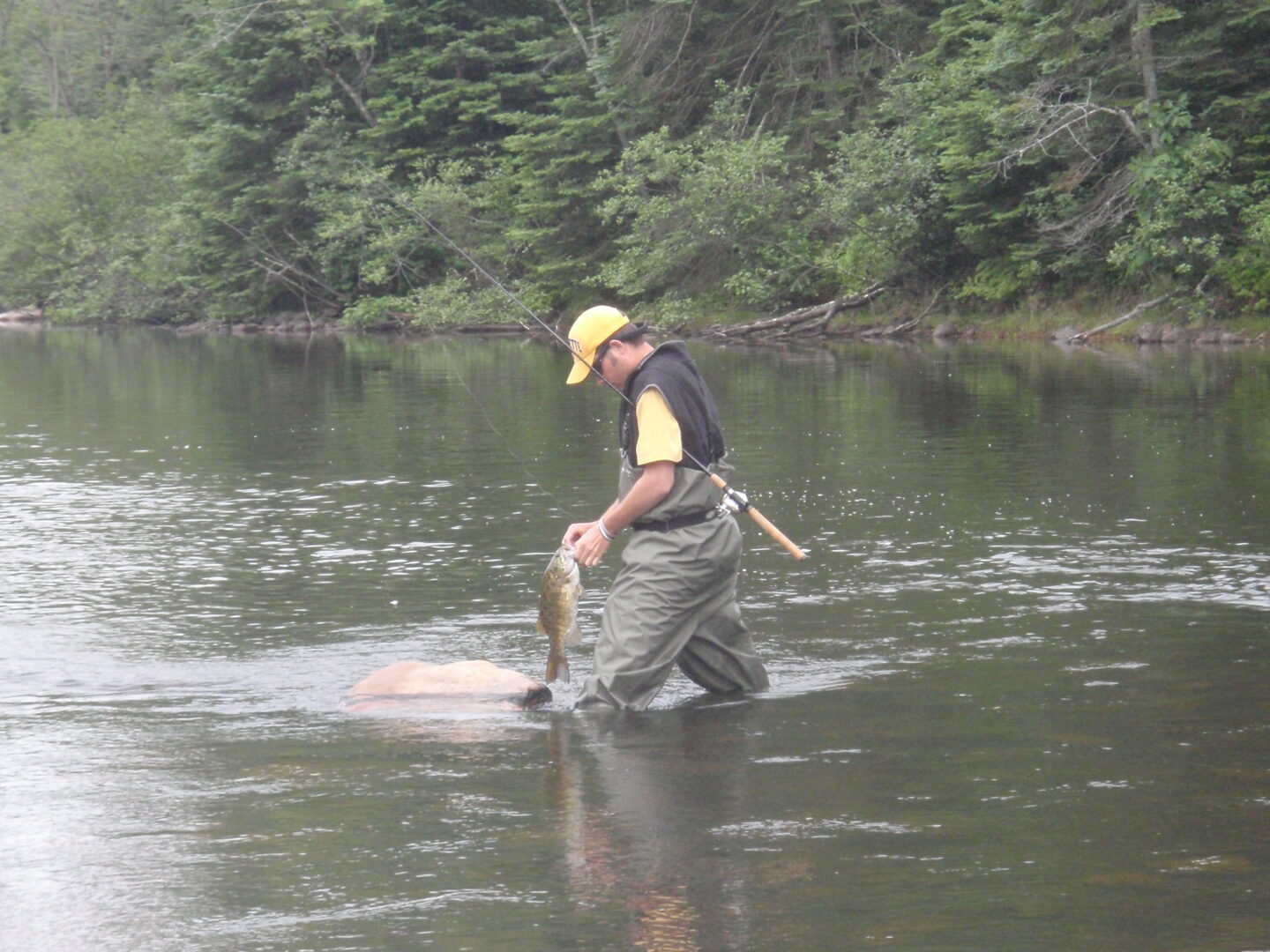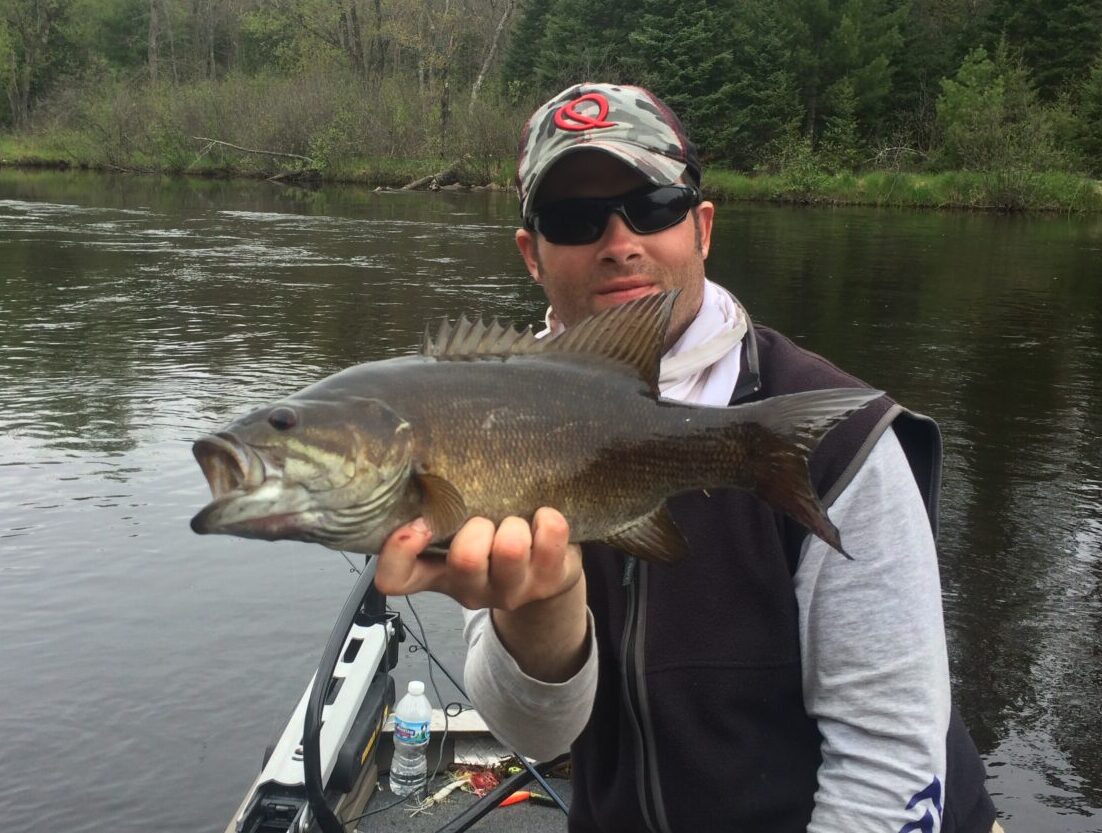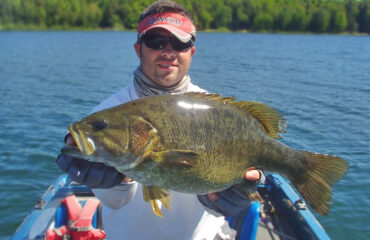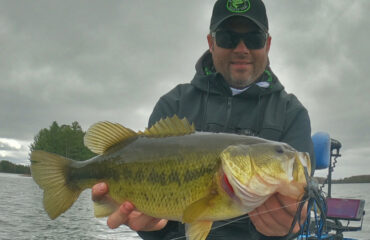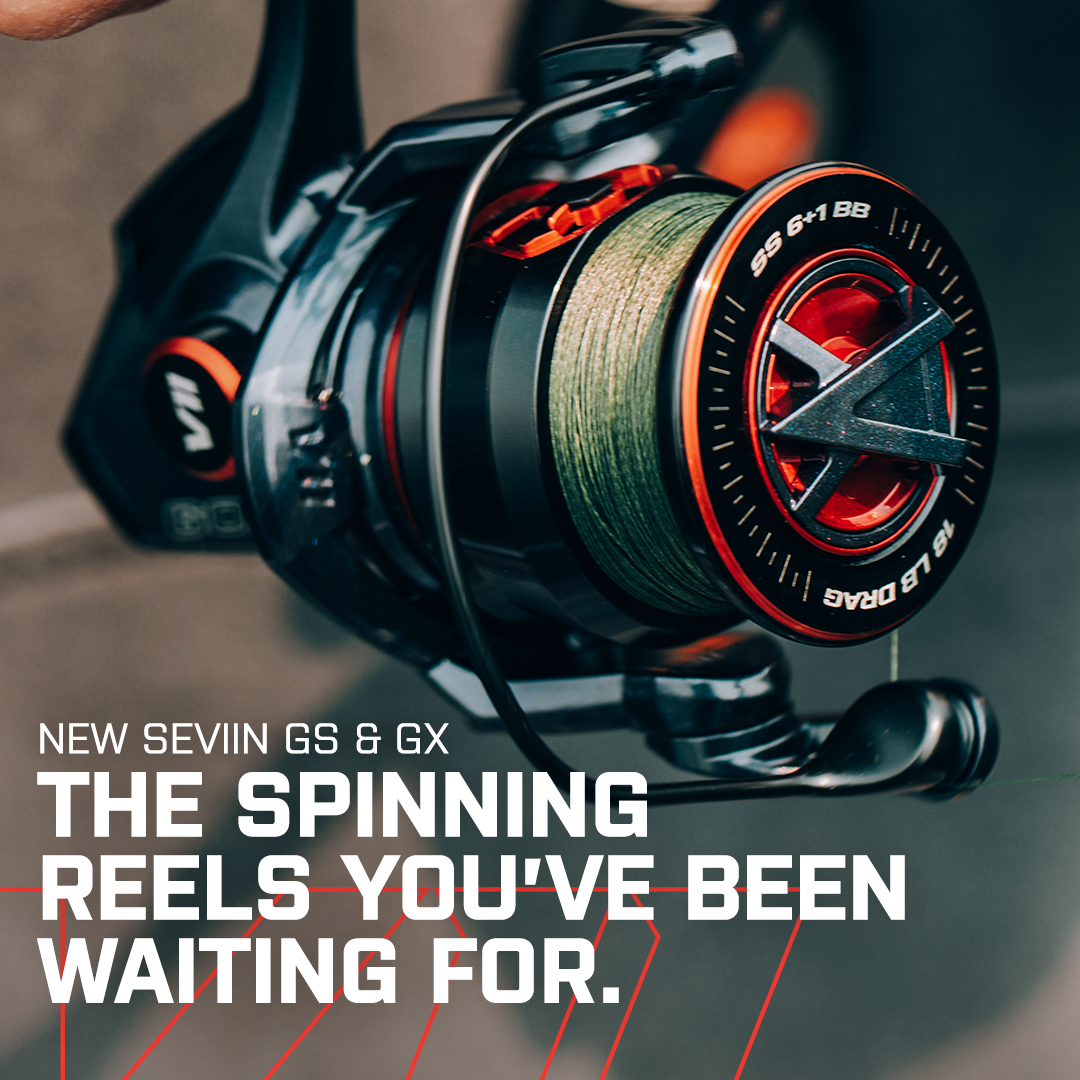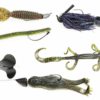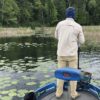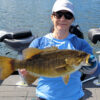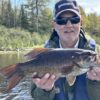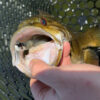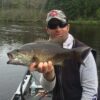River Patterns, Spring thru Fall
River fisheries continue to be lower-class smallmouth destinations to lakes and boat anglers. And that’s okay. More unpressured, unexploited, big fish are available in rivers than there are in inland lakes, but the challenge however is timing of their seasonal migrations.
One of the greatest challenges to achieving river fishing success is the fact smallmouths aren’t populated everywhere in the system. They migrate every season, and rarely hold in one place. Smallmouth bass are more migratory than anglers and fisheries biologists believe them to be.
Roughly 84,000 miles of rivers and streams flow through the state of Wisconsin, with many of these stream miles supporting migratory fish species. A high percentile of smallmouths populating them has been calculated to be migratory, non-resident fish. Without the creation of their flowages in the early to mid 1900’s, many of these rivers don’t support the same quality fisheries they possess today. Telemetry studies have proven smallmouth populations of some river systems can migrate for more than 50 miles throughout the seasons.
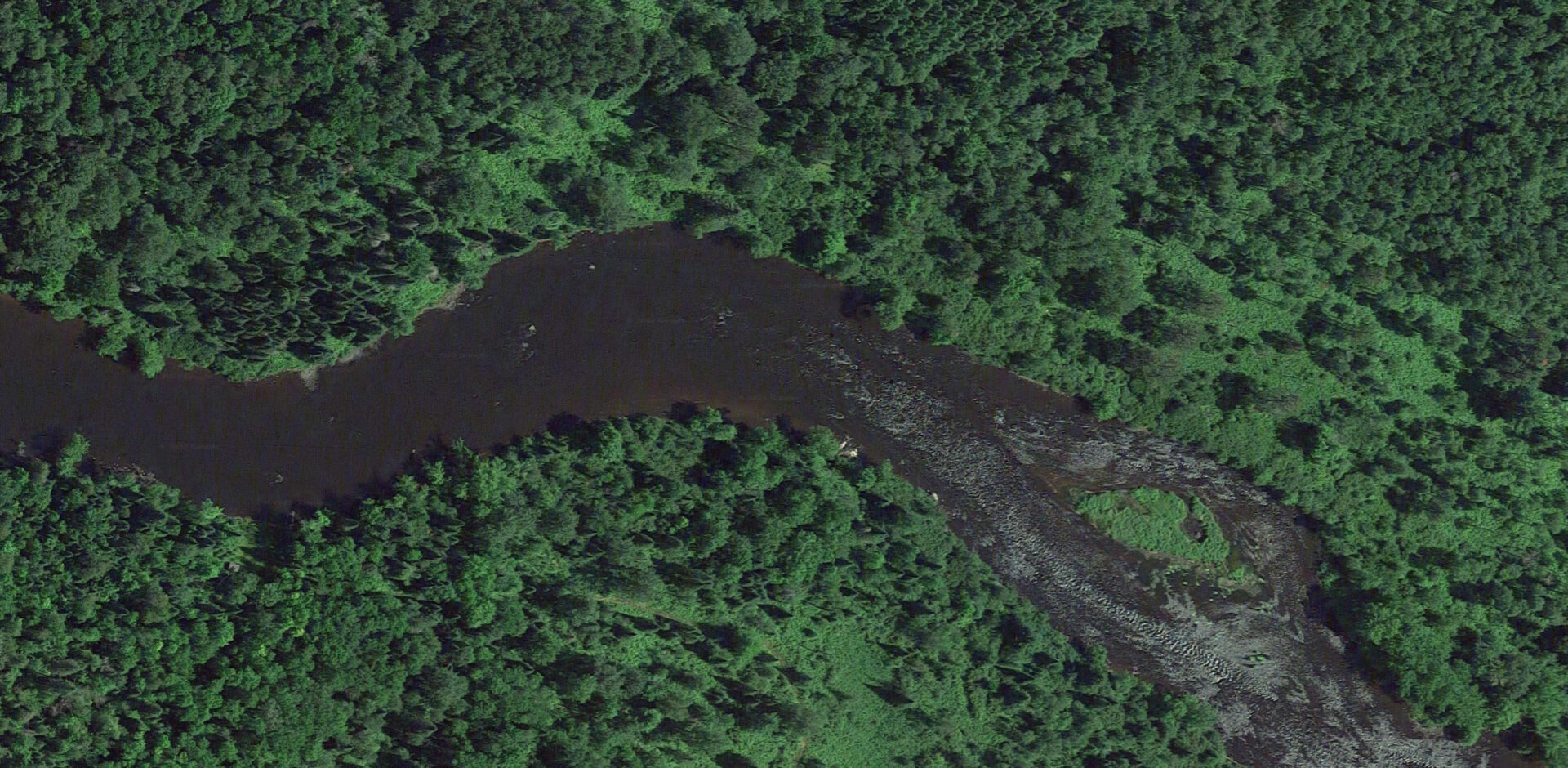
SPRING
Pre-spawn in April and May is prime time for a mega fish. Water temperatures single-handedly influence upstream river migrations. 51 to 55 degree water temperatures will usually trigger a major bite. During spring floats, majority of the smallmouths will be concentrated in only a few locations, associating to larger pools and staging sites with depths greater than the rest of river. They will predictably hold in these pools until water temperatures climb further towards 60, prompting them to continue migrating upstream to their spawning grounds.

Crankbaits in craw pattern are deadly in these spring schooling and staging situations. Favorites are Rapala DT-4’s and size-5 Crankin Raps, and Bandit 100 Series. Action can be fiery and fast before fish are conditioned. Feeding windows will reappear throughout the afternoon. Suspending jerkbaits can keep the bite going strong.
Once smallmouths resume migration and disperse throughout the system, every current break will become a casting target. River spawning requires ideal water level as nests can be best-protected near shore and in current breaks. The same adult fish we catch return to the same locations every spring. The same nesting sites and leftover nests of the previous year get re-used by smallmouths too.
Suspending jerkbaits and weightless jerk minnows are highly effective on aggressive fish. Bottom baits that includes snag-resistant tube jigs, finesse football jigs, craw worms, and creature plastics are irresistible when fish are nearing spawn and confined to current breaks, eddies, and deep pools with rock bottom. Never float a river without a package of 5 inch Chompers Hula Grubs, and twin tails.
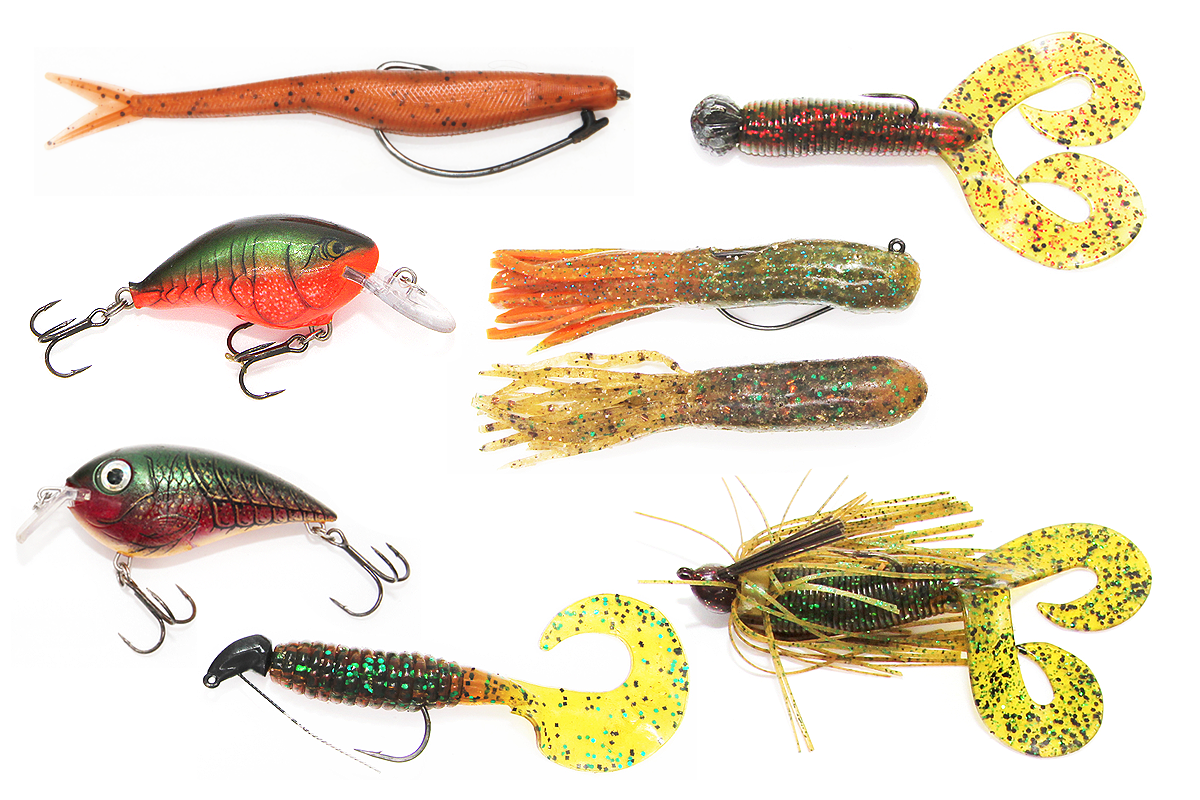
SUMMER
Throughout the summer months, smallmouths will not be as concentrated in certain locations as they likely once were during the previous weeks during the pre-spawn, spawn, and spawning periods, and likely will be again during autumn. Since most northern river smallmouth populations are migratory, non-resident fish, many of them quietly migrate back downstream but some will hold into the fall months. Some days, you might have to cover miles of water for a respectable catch.
Smallmouths should remain active all summer. Water temperatures are commonly 70 to 80 degrees. The deep pools below riffle runs and rapids are favorite hangouts due to their higher oxygen content and cooler waters.
On many premier smallmouth river fisheries, mid-river eel grass, pond weed species, elodea and water marigold are the most common weed types available. Smallmouths dwell in them throughout the summer months if their locations include depth and proximity to holes and the main channel. They are utilized for cover and feeding. To catch more fish, avoid navigating through these areas with jet or short shaft outboards if you can. Not only will fish spook, they mow down the river. It becomes impossible working baits without getting fouled. Row through pools with oars instead.
Since you’ll be covering lots of water, throw search baits. No need to get fancy, either. Summer time smallmouths are often taken with a variety of aggressively-fished topwaters, swim jigs, spinnerbaits, in-line spinners, buzzbaits, and weightless jerk minnows.
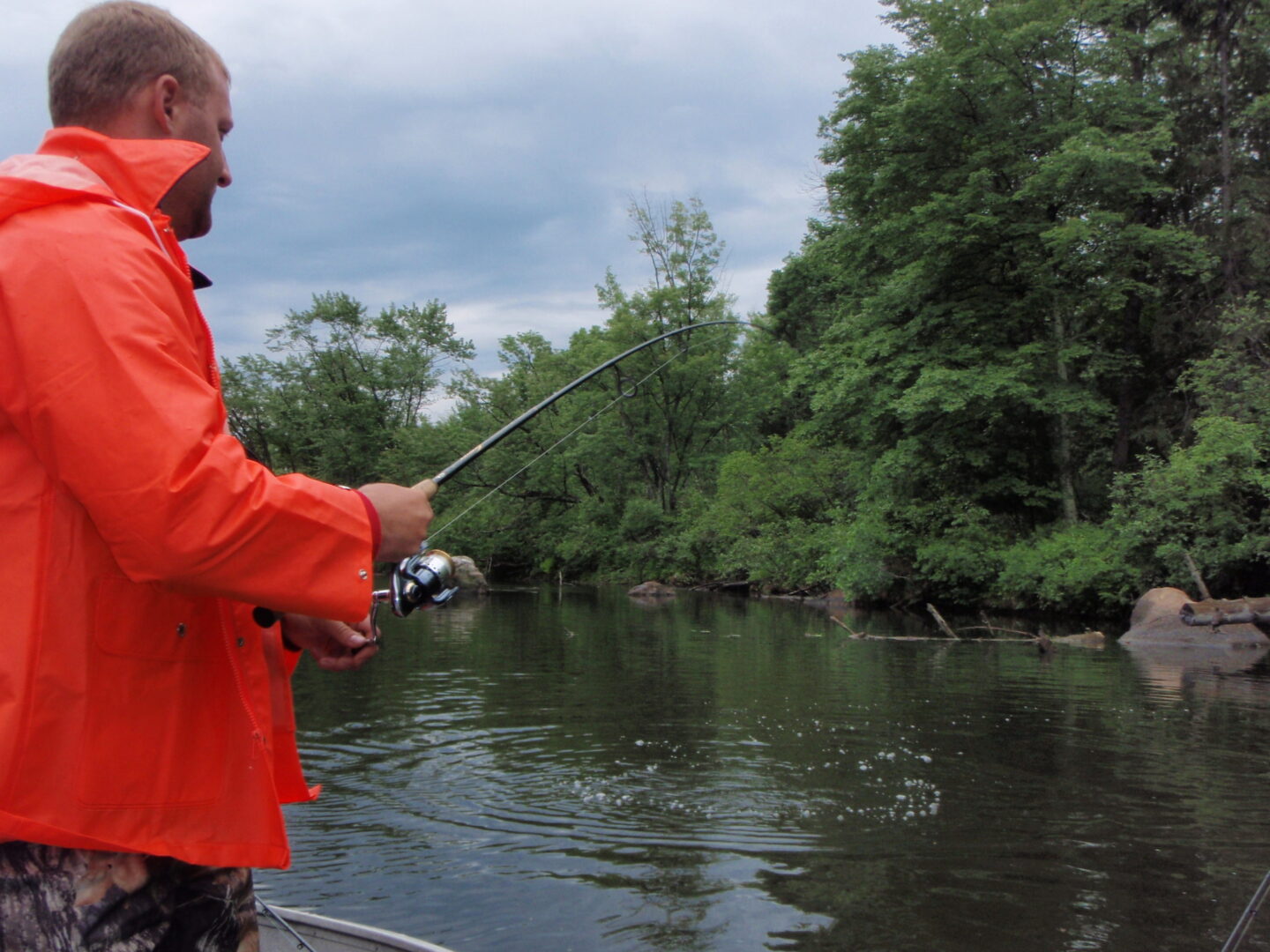
FALL
The fall migrations begin as water temperatures cool into the 60’s. The bite gets better into the 50’s. Once water temperatures reach the 40’s, smallmouths will be wintering in downstream flowages. 90% of the fish in the river system are going to be utilizing 10% or less of the water. Therefore it’s impractical to cover water and float endlessly for miles as you would during spring and summer. By doing so, you are wasting precious fishing time. Instead, eliminate all that dead water by jumping from hole to hole. These are probably staging pools. Spend some considerable time at each deep pool before deciding to move on.
When water temperatures are still in the 50’s, smallmouths will pursue lures with considerable interest. Crankbaits are my fish-finders.
On the river holes, shallow divers such as rusty crawdad Rapala DT 4’s and 6’s are best with a medium-steady retrieve. Just as effective, squarebill crankbaits that includes Rapala Crankin Raps (05) and Bandit 100’s generate considerable fish interest. Cast crankbaits upstream and horizontally through holes. As you dive deep into undercurrent benthic zones, and bang away at the terrain of the hard bottom, you’ll potentially catch several fish holed up together.
You will catch the most active fish with crankbaits first. Bites will come quickly, but often dissipate as fish grow conditioned. After one flurry of bites comes and goes, another might soon take place again a few hours later.
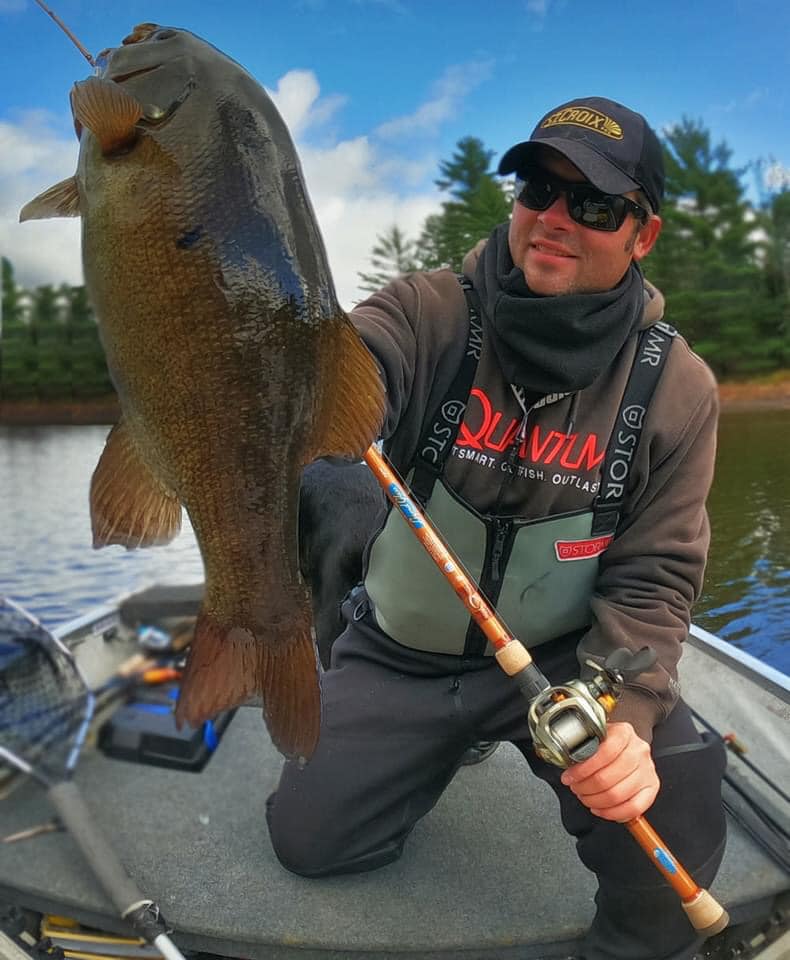
Once fish become conditioned to crankbaits, quickly experiment between tube jigs, bucktail hair jigs, and a combination of hula grubs and football jigs. Favorite tube baits are Strike King Coffee Tubes (krazy craw) and 3.5” Get Bit Tubes (molten craw). Rig them with 3/16 oz. and ¼ oz. weedless tube jig inserts to prevent snags. Additionally, 5” Chompers Skirted Twin Tail grubs (orange marmalade, root beer, PB&J) rigged on ¼ oz. football heads are favorites too. Crayfish imitations are of utmost importance.
Some days, artificial lures will only draw fish in, not catching them. River and flowage bass can be picky, or condition entirely. When this happens, carrying insurance policies like 4 to 6 in. walleye suckers and red tail chubs on a Lindy Rig with 1/0 Trokar (TK-3) offset-lancet circle hook can save the day. Flip it out and let it swim through the hole. The biggest smallmouth bass in most systems will actually prefer them.
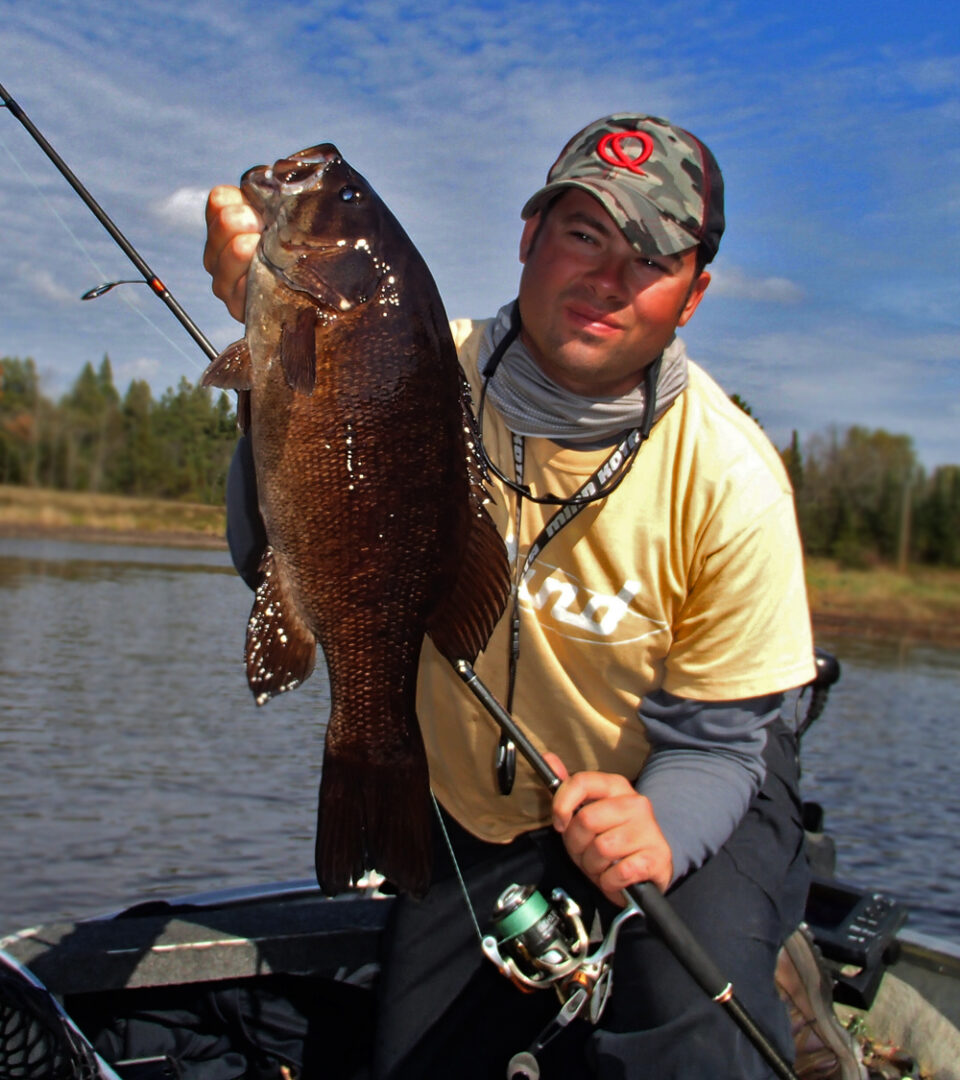
Andrew Ragas splits time between the Chicago area and Wisconsin’s Northwoods. Based in Minocqua, WI, he specializes in trophy bass fishing and offers guided trips from May thru October. While big bass is the passion, he dabbles in multi-species as well. He may be visited online at www.northwoodsbass.com


